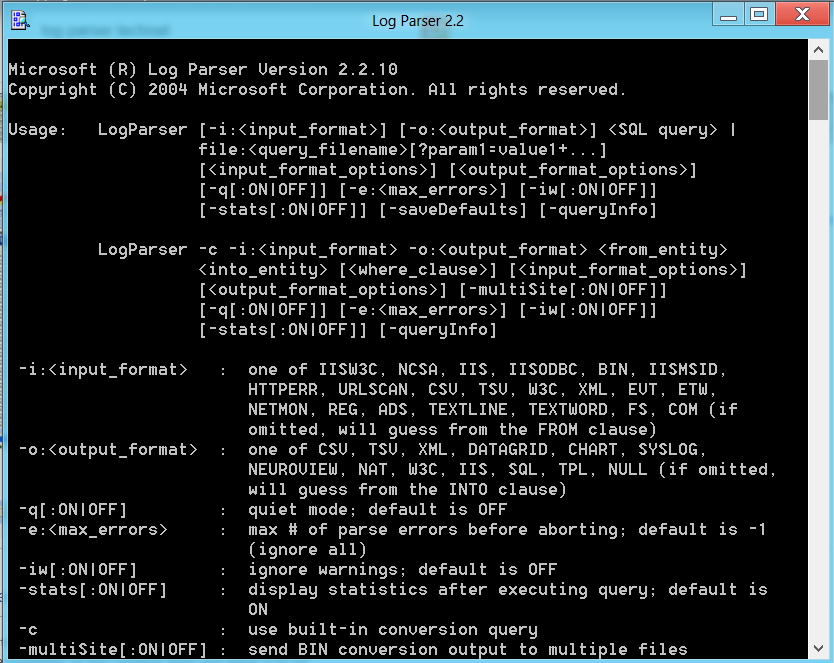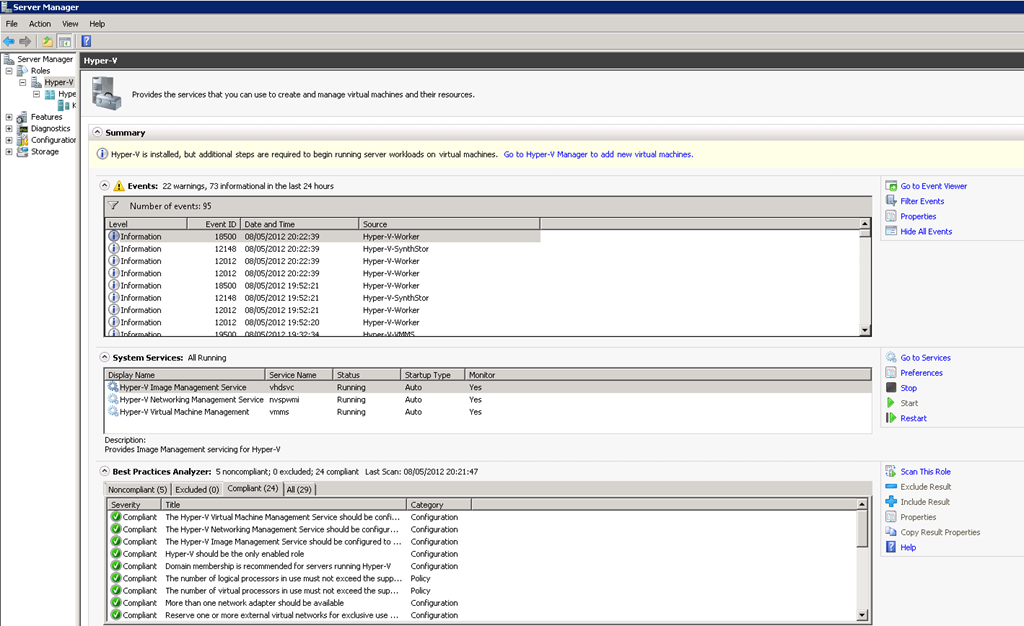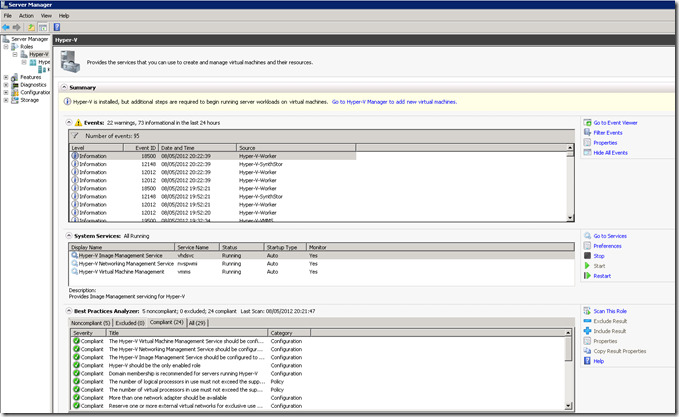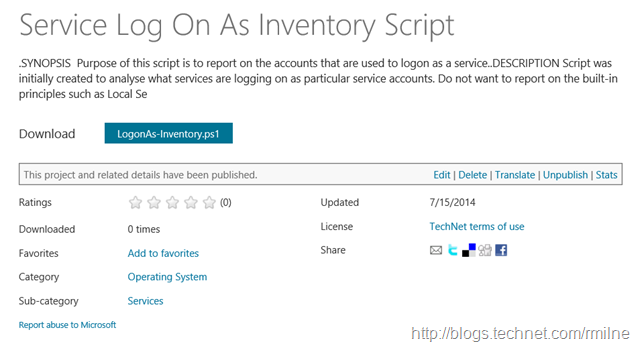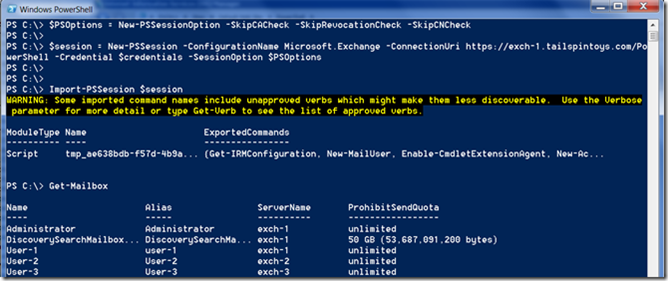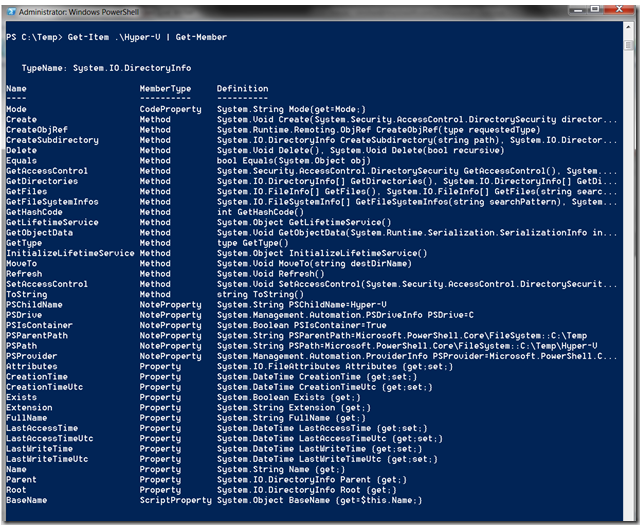Using A PAL Template To Easily Capture Performance Data
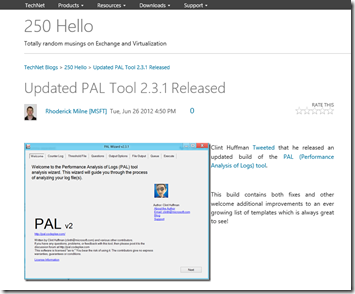 I recently blogged about using PAL to analyse an existing performance monitor log file. That is great if you have an existing log, but what if this is not the case? How can we easily capture the correct counters in the log file? Again PAL can come to the rescue!
I recently blogged about using PAL to analyse an existing performance monitor log file. That is great if you have an existing log, but what if this is not the case? How can we easily capture the correct counters in the log file? Again PAL can come to the rescue!
Let's assume that PAL is installed as detailed in the previous blog post, if not hit that post and get the tool running. I’ll wait for y… Read the rest “Using A PAL Template To Easily Capture Performance Data”
